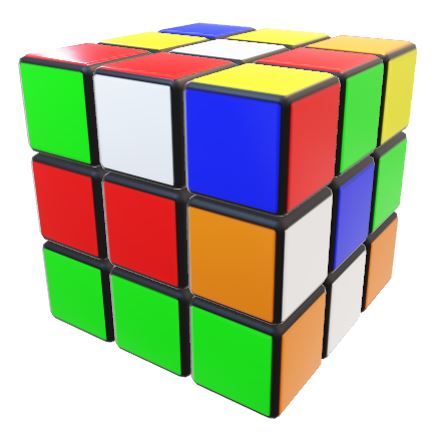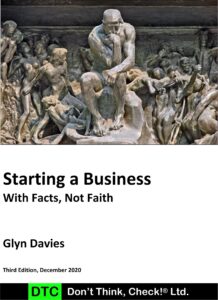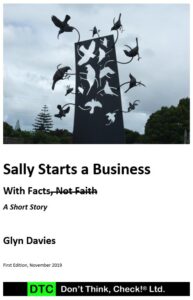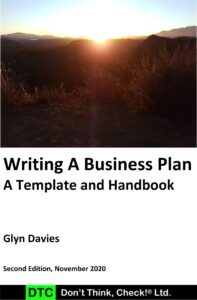

What is the need (job) that customers are buying your ‘product’ (Solution) for? Is the job, in the case of milkshakes, quenching thirst, getting a sugar hit, being fashionable, socialising with friends, or something else?
MacDonald’s® found, with the help of research by Clayton Christensen (a video), that their early morning customers were buying milkshakes, what we in NZ would call thickshakes, to help ease the boredom of a long drive to work and to keep the hunger pangs at bay until noon.
Why do people buy power tools? There is a range of needs depending on the market segment, say home handy person versus building contractor. The home handy person needs to drill the occasional hole and install the occasional screw. The building contractor needs to complete their contract on-time and on-budget and so needs powerful and reliable tools ‘to get the job done now!’
The power tool company Hilti® found that instead of simply selling power tools, they could sell tools-as-a-service. Hilti® created a fleet management service where contractors purchase power tool service guarantees to enable them to poke holes (say) wherever and whenever they want. Tools-as-a-service reduces or eliminates the need for capital investment in power tools, reduces or eliminates lost time due to faulty power tools, and there is no more wasting time buying replacements.
The Job To Be Done view of market segmentation is superior to segmenting the market by either product categories, such as price or function, or demographics, such as age, gender, or education. Consumers don’t have to fit into the marketer’s pre-ordained market categorisations and will change their views and priorities without asking permission. Market categorisation by job on the other hand is more accurate and durable. People have always needed to communicate before the invention of writing, the telephone, and the mobile phone. People have always needed to be mobile before the invention of footwear, domestication of horses for transport, the automobile, and air travel.
What are the different needs being satisfied between customers buying a Rolex® versus a Swatch® versus a Smartwatch versus a $10 special? All the watches tell the time adequately.
The point is, a viable and sustainable Business Model needs to be developed to satisfy the actual, not the assumed customer need. The business person needs to deeply understand what the customer is trying to achieve, understanding their concerns, their constraints, and the trade-offs they have to make. The business person also needs to be aware of the rival products competing for their prospective customers’ attention. Ultimately, the successful business person creates a Business Model that delivers a Distinctive Value Proposition (DVP) that satisfies the customers’ functional, social, and emotional requirements, which solves the customers’ jobs well, every time.
So, again, what are your customers buying? Have you asked them? Are your rivals satisfying their needs better?
Influenced by and adapted from:
– Competing Against Luck, Clayton M. Christensen.
– Reinventing Your Business Model, Mark W. Johnson, Clayton M. Christensen, and Henning Kagermann, HBR Dec 2008.
#DontThinkCheck #BusinessResultant #StartMyBusiness #RunMyBusiness #BusinessSuccessThroughEvidence #SaveMyBusiness



